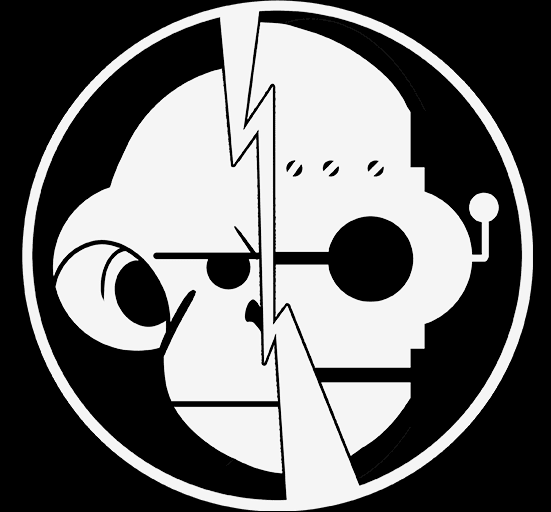Since the live-action remake of Ghost in the Shell is about to be released in theaters – now is the time to look at the influential anime classic.
Major Motoko Kusanagi is a cybernetic officer for a special police unit. She is faster and stronger than regular humans and is able to connect to the internet so she can communicate with colleagues: she can even drive a car with her mind. With her police partners, Batou and Togusa, set out to find a notorious hacker only known as the Puppet Master.

On paper Ghost in the Shell has a simplistic police plot and has a run time of 83 minutes: yet this surface information hides the fact that the film is incredibly dense. It’s a film that goes through more complex ideas and philosophies than many films twice its length.
Ghost in the Shell was originally an attempt to make anime more mainstream in the West and while it failed in that objective, the film became a cult hit. It is seen to be as important as Akira by Western anime fans and an essential film for people exploring anime to start with. The Wachowskis used it as an influence on The Matrix: they pitched the film by showing producer Joel Silver Ghost in the Shell and telling him they wanted to make that in live action.

Ghost in the Shell is also influential in the cyberpunk genre which was big in the ’80s and ’90s, showing the continuing influence of technology on humanity and humanity’s dependence on it. One of the main themes of the film is what makes someone human? Does the cybernetics take it away? It also plays a part when it’s revealed who the Puppet Master really is. Is humanity based on biology or self-awareness? Due to the people having robotic parts in their brains their memories end up getting manipulated – leading characters to question their own sense of reality.
It is clear how the film influenced The Matrix: such that both films feature characters having computer ports on the back of their necks as well as some of the elaborate action sequences. Another influence on Ghost in the Shell is Ridley Scott’s Blade Runner: both films have an investigation storyline, set in a futuristic dystopian city and have similar themes about the nature of humanity. Both leads have similar concerns about their memories, consciousness, and identity – although Motoko’s are more overt.

As to be expected from an anime film the animation is of a high standard – creating cityscapes that could rival anything in Blade Runner while the action scenes and showing off of the technology were a delight to behold. Yet it wasn’t just the big grandstanding moments that impressed, there was great little touches in the animation – like facial expressions like when a suspect looks his ghost (soul/consciousness) and a great attention to detail.
Ghost in the Shell also shares Blade Runner text introduction that gives the audience a quick bit of context. Yet even with this information, the film throws you into the deep end where Motoko is spying on someone trying to defect to another nation and following with officials talking about the incident. It does add a certain realism to the world but this introduction does not have much bearing on the plot – nor is it the best showcase of Motoko’s abilities.
Ghost in the Shell is a quintessential anime film – deserving of its cult classic status. It works both as a fun sci-fi and as something deeper and doing it in a short but sweet package.

